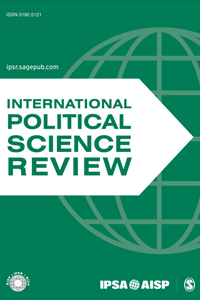The Middle East region is located in Asia, Africa, Europe and three continents connection point and transportation key. From the viewpoint of geological structure, the oil-bearing basin area of the Arabian region of the Middle East is located in the Arabian plate, which is the combination of the Eurasian plate and the African plate, and the combination of successive passive continental margin stage-generated storage cover formed since the Paleozoic Era has made it the richest oil and gas resource area in the world. The current proven crude oil reserves account for more than 50% of the world's proven crude oil reserves, and the share of crude oil production and exports in the world market is about one-third.Relative to the region's oil importance in the world, its share of the world in terms of natural gas reserves and production is slightly lower. Saudi Arabia leads the Middle Eastern countries in crude oil reserves and production, while Qatar is first in natural gas reserves and production. The policies of the major powers outside the region towards the Middle East have had a significant impact on Middle East energy, and the Middle East policies of the West, especially the United States, have had a profound effect on the geopolitical development of the Middle East: on the one hand, the United States has provided the Middle East with a great deal of military, political, and economic support in order to gain access to the Middle East's oil, while on the other hand, the United States' Middle East policies have undermined the Middle East's political stability.
Middle East Energy and Big Power Relations
Panel Code
RC51.01
Type
Open Panel
Language
English
Chair
Discussants
Description
Onsite Presentation Language
Same as proposal language
Panel ID
PL-6070
Schedule
Room











